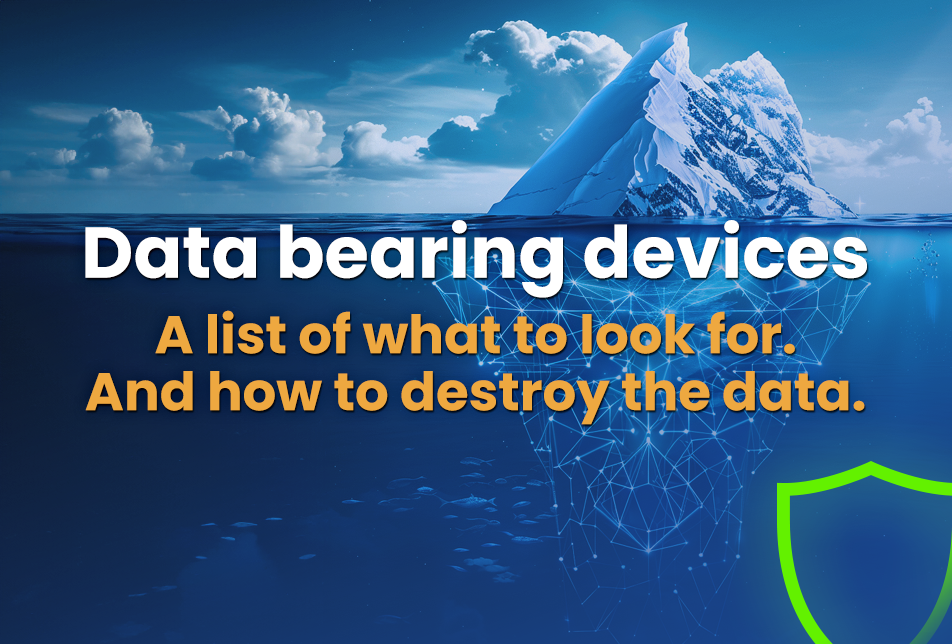It seemed that the return to office (RTO) wave was gaining momentum until Omicron put a big, fat damper on everything. Holiday plans were canceled or pared down and, sigh, working from home (WFH) retreated to staying working from home.
The work from home explosion is huge. Is it here to stay?
The takeaway from the Pew Research Center’s How the Coronavirus Outbreak Has – and Hasn’t – Changed the Way Americans Work is clear: while only 20% of the American workforce telecommuted prior to the COVID outbreak, 71% of workers are now working from home. 54% want it to stay that way.
Even if you argue with the numbers, everyone seems to have an opinion: larger hiring pools, greater personal productivity, impaired company culture, difficulty creating cohesive teams and relationships.
All valid.
But what isn’t being talked about?
Security Tips for Remote Workers
How does a substantial WFH workforce affect IT planning and procurement? We’re talking about hardware in and out – projecting needs, purchasing, procurement, manufacturing and security – protecting the company from vulnerabilities.
At Guardian, we are already seeing how this is affecting our channel partner VARs, ITADs, MSPs and resellers. They’re working with their clients to (try to) manage an unpredictable or fluctuating model that will affect their entire business plan: refreshes, redeployment, lease returns and reselling. And, from our viewpoint, what planning is in place to control data security and data destruction for all that free-ranging equipment?
Some considerations to add to the debate:
- For Refreshing IT equipment to remote teams
When deploying new IT hardware, instead of large, palletized shipments on a common carrier to your client’s loading dock, it’s going to be hundreds (thousands) of boxes through multiple shippers. That’s an exponentially bigger packing, scanning, shipping, tracking and reporting responsibility. And, if your onsite preparation team is scaled back or not 100% onsite, you’ll likely have to configure a piecemeal or staggered equipment prep and kitting process that will undoubtedly affect timings and capacity.
- Enterprises (data center decommissioning / lift and shifts)
If there’s no longer an office or it’s significantly downsized, does that change your IT architecture? What is the impact of serving a large, distributed WFH population? Is your onsite data center now offsite? Do you relo, COLO, consolidate or switch to EDGE computing? A thoroughly changed IT infrastructure will also be affected by chain of custody, logistics, data destruction and compliance.
- Packing and logistics
For EVERYTHING, start planning now for continued, slower transit times and much higher costs coming from a nationwide CDL driver shortage, higher gas prices and individual, express deliveries instead of common carrier shipments by pallet.
- Redeployment, lease returns, reselling, recycling remote & distributed equipment
ITADs will have to develop programs to retrieve IT equipment (all of it) for repair, refurbishment, recycling, resale and redeployment. Pallet pickups will switch to device-based, person-by-person programming, communication, packing, tracking, logistics and liability. You’ll need to devise new processes to ensure chain of custody and data compliance.
- Chain of custody and Auditing hardware from a remote workforce
Let’s say you’re shipping 999 computers. Normally you’d probably pack and track three loads of 333. If you’re servicing a large work-from-home client, gear up to track and monitor 999 serial numbers as they make their way to their final destination. The reverse is also true. How do you get computers and peripherals back from 999 different locations? And how do you ensure that there’s no live data on the devices before they’re shipped?
Conclusion
We foresee BIG challenges as corporations plan for their future IT needs for a WFH world. Get ready for higher costs, longer SLAs, different logistics plans and a jump in chain of custody management and “paperwork” to maintain compliance and chain of custody.
VARs and ITADs are ready to help
Overwhelmed? Overextended? Under-resourced? Streamline and strengthen your programs with a little help from the IT partners that know your IT asset management program best. And think outside the box a bit:
- To ensure that a device coming back from a field employee isn’t an opening for theft in transit, and a possible data breach, remove the data before it’s shipped, without removing a single drive. Learn more about remote erasure.
- Combine remote erasure with an employee self-pack and ship program to retrieve company IT equipment. The right program manages the data destruction, logistics, compliance and chain of custody in compliance with your IT asset management plan.
- Expand the self-pack and ship program with a verified self-erasure processor. The box arrives with an HDD wiping USB key. After wiping, the employee sends in a photo of the on-screen Certificate of Erasure. Once verified, the return label is emailed for tracked shipping.
- Centralize, consolidate or expand your hardware in and hardware out capacity with overflow warehouse space.
Guardian Data Destruction, with your VAR, ITAD, MSP or reseller, is in place to ensure that any change in IT infrastructure is resolved. If you need an ITAD or VAR or just have a question, reach out to Guardian. We have solutions in place to help with compliance, data destruction, logistics, chain of custody for the retrieval of IT equipment from offsite and furloughed employees.



